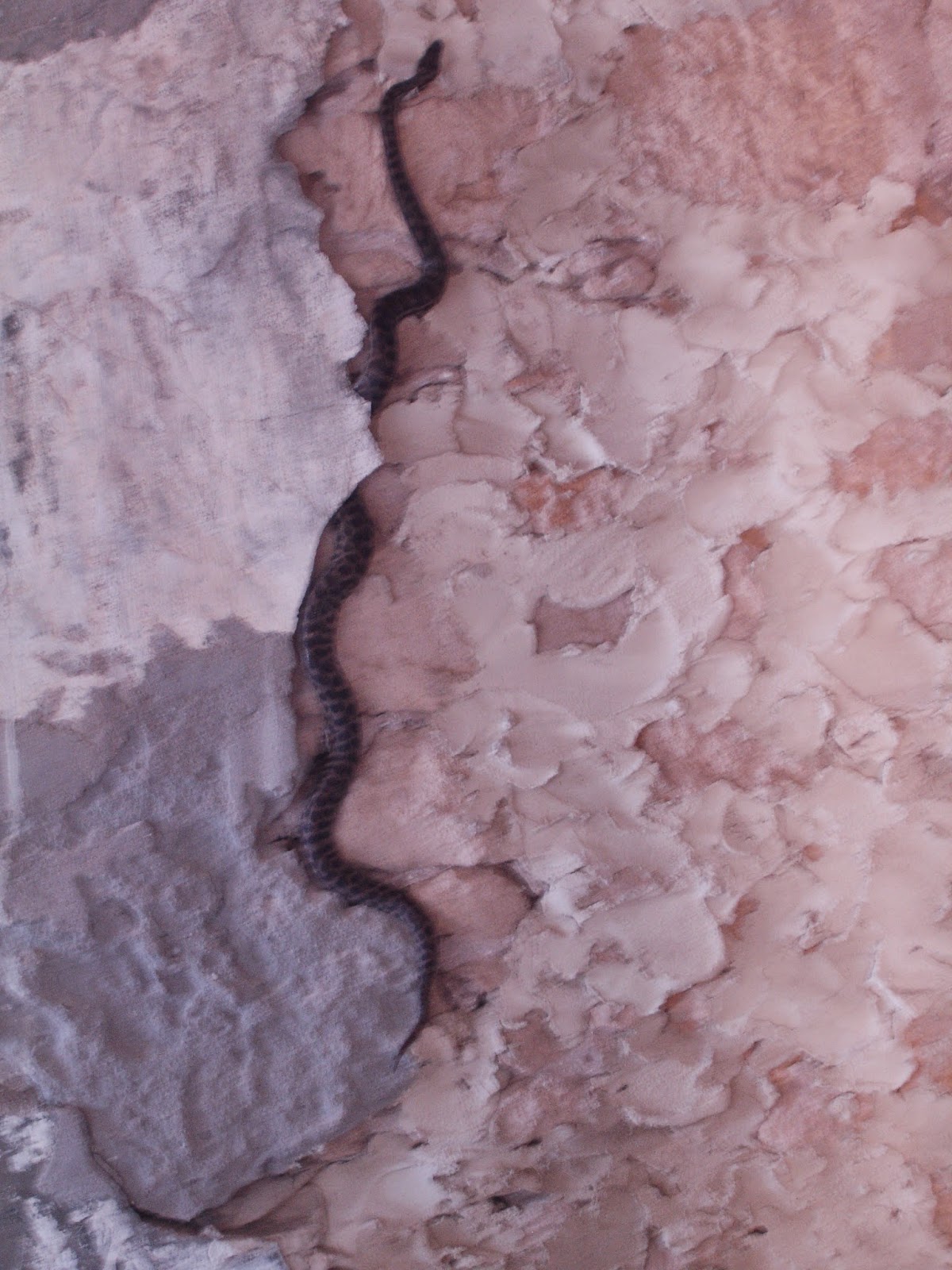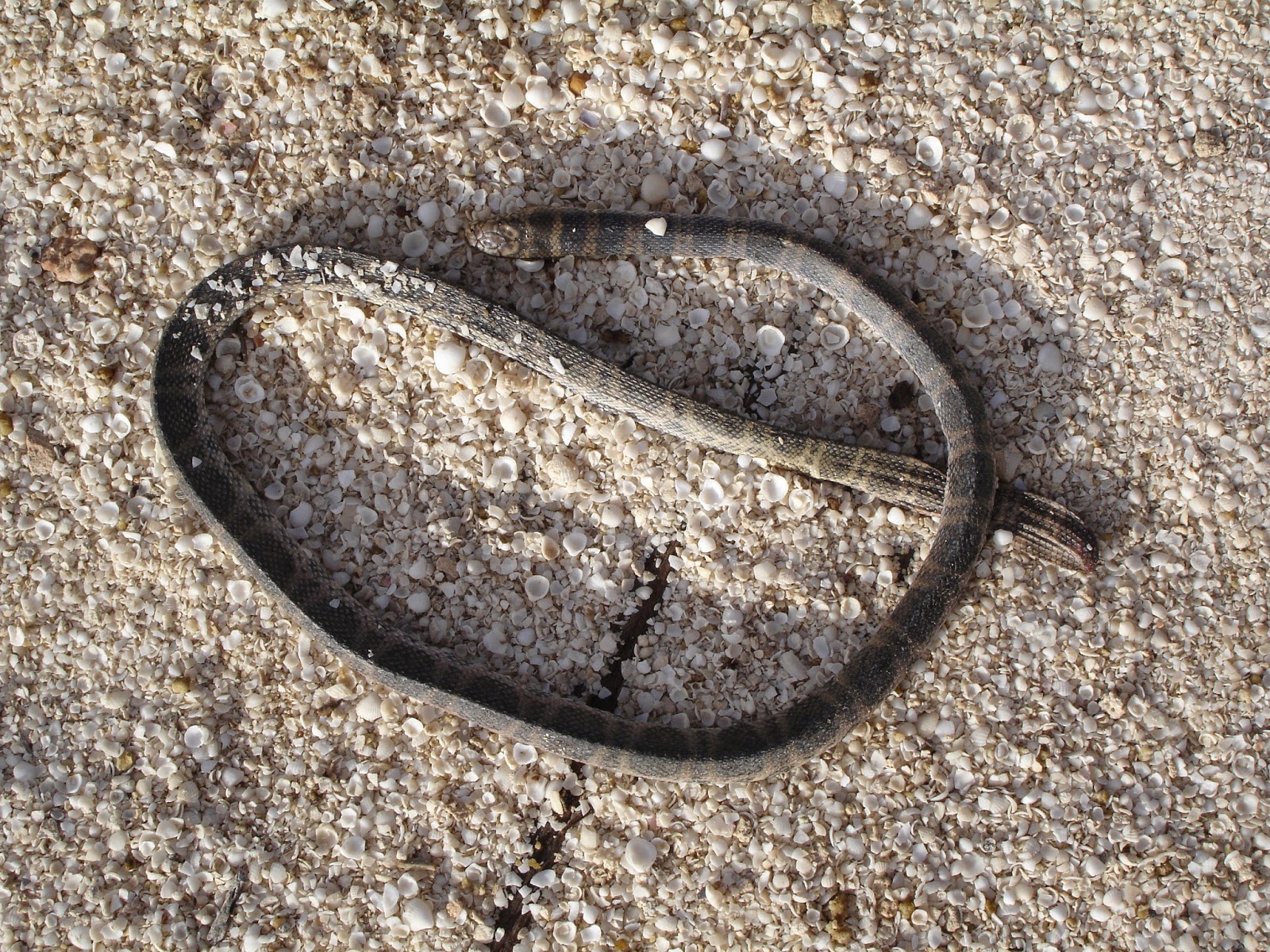We had left Kalbarri on Saturday, knowing from the weather forecast what was to come. Originally I had planned to camp at Hutt River, but with 30 k's of dirt road I decided it wouldn't be pleasant pulling the van through mud caked roads. So I changed our plans for somewhere on the sealed road that gave us power at a low cost.
Lynton Station met all the criteria. The weather was still beautiful when we arrived but we were still grateful for the lovely green grass around us. There were only three other vans here and it is a lovely peaceful place. Apart from that I was amazed at the history that is here. Lynton Station was a convict hiring depot from 1853 to 1856. Western Australia was never a penal state, but because of a labour shortage, ticket-of-leave prisoners were highly sought after. The hiring depot was the base for these workers. There are quite a number of buildings here. The prisoners lived mainly in tents for the majority of that time, and ironically when a building was finally completed, the depot was shut soon after.
Some of the remains of the convict hiring depot
The driveway at Lynton Station. I wonder which way the wind blows.
Amazing little gecko in one of the toilets. Perhaps this is where aboriginals got the idea for their art.
Also on the property is Samford House sometimes known as Lynton Homestead, a magnificent building with an equally magnificent view. The house had been deteriorating as the years went by and back in the 1990's the owners had a dilemma. The house needed urgent repairs, but no funding was available for privately owned properties. So they made the decision to hand the building over to the local council so that grants could be obtained to repair it. This is still an ongoing job, but the verandah has been redone and a new roof put on. There is even wiring roughed into some of the rooms. I wasn't overly impressed with the snake on the wall however. We were able to identify it later as a carpet snake.
Beautiful Samford House
Carpet snake on the wall
Keystone with date
We also drove in to Port Gregory, stopping in amazement at the bright pink of Hutt Lagoon. The colour is because of an algae growth, which produces beta carotene which is farmed here and exported overseas. What an unusual sight.
Hutt Lagoon - the pink lake
Waves breaking on the reef at Port Gregory
Of course, Sunday was a right off as we spent the day locked inside with books and the TV. When we woke up the sky was still clear and we thought we could have done something for the morning, but by the time we finished breakfast the first drops were falling. It stopped raining for a while just after five, and I laughed when I saw all the caravanners had ventured outside. Not for long though, as the rain started again soon after.
By Monday morning, the wind had eased and the rain had become an occasional shower, so we packed lunch and made our way to the Principality of Hutt River. I remember reading about this when it was seceded from Australia. There is quite a bit of the history of how and why this happened and it was very interesting how Prince Leonard outsmarted the government. We were privileged to meet Prince Leonard, who gave us a personal tour of the artifacts in one of the buildings. He is now 89 and a remarkable and highly intelligent individual.
Arriving at the Principality of Hutt River
Meeting his HRH Prince Leonard
The Government Building i.e. the Post Office
There is a lot of artwork. Some amazing metal sculptures and a huge head carving of Prince Leonard.
Nowadays, the Principality seems to be more of a tourist attraction. I asked how many tourists they receive, and he told me currently about 25,000 a year, but it used to be 60,000 when many large tourist coaches came through. Nevertheless, it was an interesting place to visit.
We left there, and made our way back west to the coast, to call in to some of the spots we weren't able to go with the van. We found a shack town hidden away on the coast. There must have been over 30 huts there, some quite impressive structures. The sea here was quite fierce after yesterday's storm, so our original plan of fishing here was cancelled. Instead we went back to Port Gregory where we had a rather late lunch and Jim attempted to fish off the jetty there. Nothing much happening there, so we headed back to Lynton where we took the walk up past Sanford House to the lookout. The view from here was fantastic, and there is a wonderful memorial to the previous owner here. After all yesterday's rain, there was an obvious demarcation of dirty water out on the shore line.
Memorial to Ron
View to the sea from the lookout. Notice the brown demarcation of the dirty water coming from the creek after the heavy rain,
From the lookout looking down to the camping area in the trees.
We left Lynton Station on Tuesday morning to sunny weather again. We called in for some bread at Northampton, driving through the main street to look at the many historical buildings there. Then it was on to our destination of Coronation Bay. This is a very popular camp ground at a low cost. It was originally set up for kite riders but the caravanners now know all about it, and it is quite difficult to get into as there are only 21 sites. We arrived at what we thought was early, to discover that some had already arrived before us. The caretaker told us to drive through and see if there was anything left. Unfortunately the only place that we could fit was on a terrible slope. We parked there and walked around in the hope of finding something else, but no luck. We got the van as level as we could which wasn't easy. It was a nice enough place but we didn't have a really good feel for it, and as Jim couldn't catch anything, we decided to only stop the one night. We did some walks along the beach and to the lookouts. Wednesday then it was on to Geraldton and some retail therapy.
Coronation Bay campground. Our van in the foreground.

























































